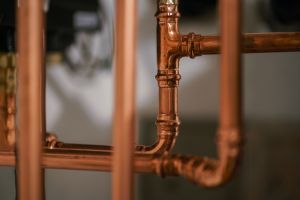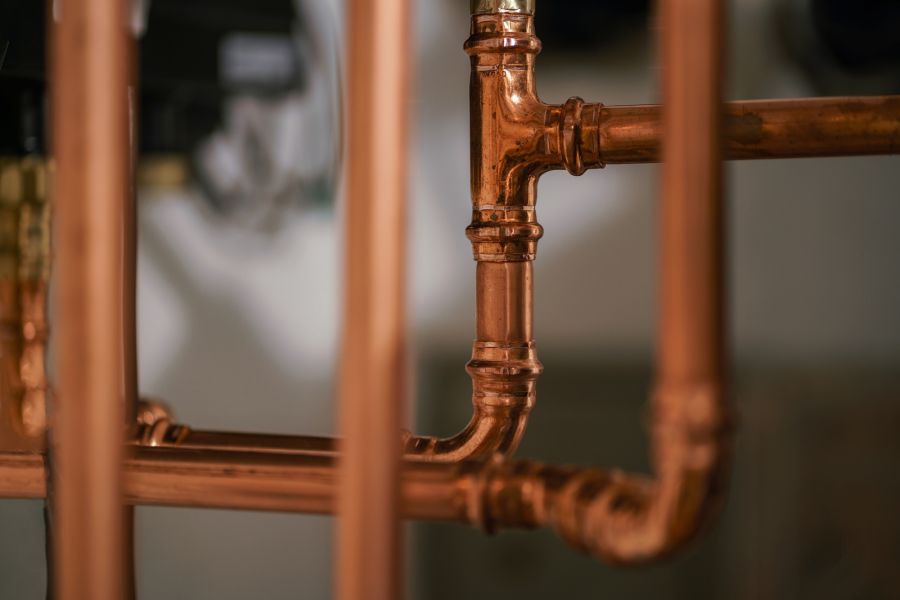An article entitled ‘Dynamic Covalent Cage: A Selective and Robust Fluorescence Sensor for Copper Ion Detection in Aqueous Solutions’ has been published in the prestigious journal Small Structures. The paper was authored by Dr Wojciech Drożdż and Prof. Artur Stefankiewicz (Laboratory of Functional Nanostructures, AMU Centre for Advanced Technologies) in cooperation with Prof. Chao Liu and Prof. Chengzhong Yu from East China Normal University.
A new method developed by AMU researchers will facilitate water quality control.
An article entitled ‘Dynamic Covalent Cage: A Selective and Robust Fluorescence Sensor for Copper Ion Detection in Aqueous Solutions’ has been published in the prestigious journal Small Structures. The paper was authored by Dr Wojciech Drożdż and Prof. Artur Stefankiewicz (Laboratory of Functional Nanostructures, AMU Centre for Advanced Technologies) in cooperation with Prof. Chao Liu and Prof. Chengzhong Yu from East China Normal University.
The researchers have developed a new fluorescence sensor based on a so-called organic ‘cage’ built on the basis of a triphenylamine chromophore. Thanks to the use of two dynamic chemical bonds, this structure can selectively detect copper ions (Cu²⁺) in water. The ions cause a clear fluorescence extinction and a change in the sample's colour, enabling quick and easy detection, even with the naked eye. The detector is highly sensitive and selective, and its effectiveness has also been confirmed in tests with real water samples.
The copper ions in the water are a significant problem – excessive amounts can contaminate drinking water, negatively impact aquatic organisms, and disrupt the balance of ecosystems. The developed solution allows for quick and relatively simple detection of such contaminants, which paves the way for practical use in environmental monitoring.
Link to the publication: Dynamic Covalent Cage: A Selective and Robust Fluorescence Sensor for Copper Ion Detection in Aqueous Solutions


